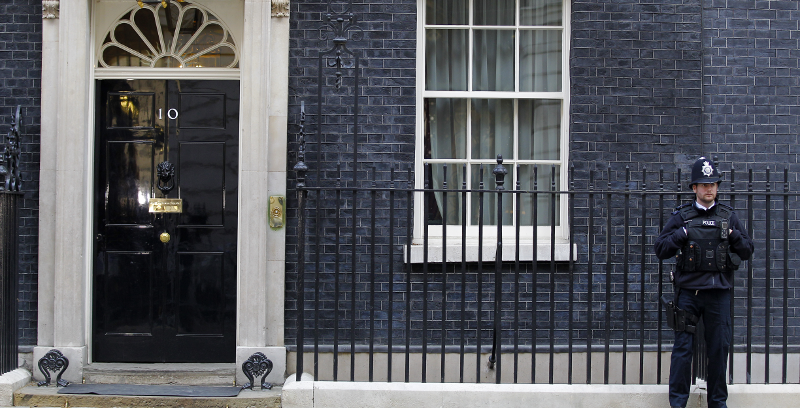Joe Twyman on the political numbers game that will follow the election
YouGov conducts polls every day and with fewer than two weeks remaining until Election Day the long-term trends in the voting intention data are still broadly where they were at both the start of the campaign and indeed the start of the year. Namely, the two main parties are regularly neck and neck, and neither one has anything like the share they need to win a majority.
This means who ‘wins’ the 2015 General Election (i.e. who becomes Prime Minister) may very well not be the direct result of public opinion, but instead the culmination of protracted negotiations. So let us put predictions of vote and even seat share aside for a moment, and instead speculate on how those negotiations might play out in numerical terms.
Imagine if the Conservatives won 290 seats (more than they probably would on current share) and Labour won 270 (slightly fewer than present predictions suggest). If the Liberal Democrats managed 30 (perhaps an ambitious target) then they might be able to get the old band back together again and continue on with the Conservatives, even though they technically fall short of the 326 needed for a majority. Would it be sensible, practical, or even remotely realistic to call upon the support of a maximum of say five Ukip MPs to take things over the top? What if Ukip only won three seats? Or one?
And what if the Lib Dems only managed 25 and the Conservatives achieved just 285 (both of which are perhaps more realistic possibilities)? If they could also ensure the support of five MPs from UKIP they still fall short. Even with around eight Democratic Unionists it looks difficult numerically – and that is before you even consider the political practicalities of some sort of quadripartite arrangement.
On the other side of the House in this imagined scenario you have Labour on 270. Though they have already ruled out a formal coalition with the SNP, 35, 40 or even more MPs from north of the border could see Ed Miliband on the way to Downing Street, if not necessarily all the way through the front door. Further support from 25 or 30 of Labour’s historical ideological bedfellows the Lib Dems and Labour get beyond the 326 needed – albeit not necessarily convincingly.
However, in the absence of a formal coalition agreement between Labour, the SNP and the Lib Dems would David Cameron simply hand over the keys to Downing Street? After all, constitutionally speaking it is the Conservatives who gets the ‘first go’ at forming a government as the incumbents. With many more votes and twenty more seats in this imagined scenario, the Tories could claim the plurality of public opinion to be on their side and therefore refuse to just relinquish power to another minority party that similarly lacks the stability of a coalition.
Along with public opinion, a Conservative minority government might even claim to be acting ‘in the national interest’ by maintaining the unity and defence of the realm through neutralising both the separatist desires of the SNP and their wish to abandon Trident.
Sitting things out could bring an initially sceptical public around. Or it could send public opinion in the opposite direction.
Of course all this imagining almost completely overlooks the personalities involved. The huge importance of leaders, their negotiators, their advisors and the big beasts of the party all add to the complexity, as do the constitutional hoops that particularly the Lib Dems have to jump through.
Whatever happens it is likely that although public opinion will no doubt play some part, the result will be largely determined by a combination of numbers, negotiations, personalities and (ultimately) politics.
Imagine.
Image from PA








